Table of content
Guava, a tropical fruit celebrated for its unique flavor and impressive nutritional profile, has become a beloved addition to diets worldwide. Often overlooked in non-tropical regions, this versatile fruit offers a sweet, slightly tangy taste that can be enjoyed in countless ways. Whether you’re a seasoned guava enthusiast or a curious newcomer, this guide will explore the art of eating guava—from selecting the perfect fruit to preparing it in innovative recipes. By the end, you’ll understand why guava deserves a spot in your daily routine.
What Is Guava?
Before diving into preparation methods, it’s essential to appreciate guava’s background. Native to Central America, Mexico, and parts of South America, guava (Psidium guajava) now thrives in tropical and subtropical climates globally. The fruit’s exterior ranges from green to yellow, depending on ripeness, while its flesh varies from white to pink or red, dotted with tiny edible seeds. Guava’s aroma is floral and musky, with a taste profile that balances sweetness and acidity.
Nutritionally, guava is a powerhouse. A single medium-sized fruit provides over 200% of your daily vitamin C needs, along with significant fiber, vitamin A, potassium, and antioxidants like lycopene. These nutrients support immune health, digestion, and skin vitality, making guava a smart addition to any diet.
How to Eat Guava Raw
Eating guava raw is the simplest and most common method, as it requires no special tools or preparation. However, there are nuances to maximizing the experience.
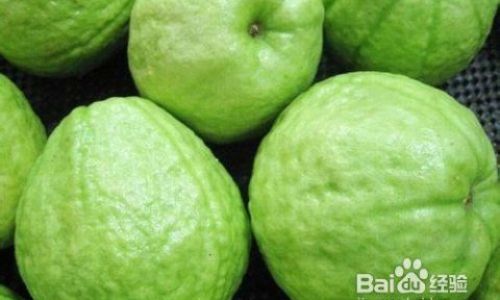
Rinse and Enjoy
Start by washing the guava under cool water to remove any dirt or residues. Pat it dry with a clean towel. Unlike many fruits, guava’s skin is thin and edible, so there’s no need to peel it. In fact, the skin contains additional fiber and nutrients.
Slicing Techniques
- Wedges: Cut the guava into quarters or eighths, like an apple. This method is ideal for sharing or dipping.
- Slices: Remove the ends, then slice the fruit crosswise into rounds. This reveals the star-shaped seed pattern in the center, adding visual appeal.
- Cubes: Dice the flesh for easy snacking or adding to salads.
Eating with Seasonings
In many cultures, raw guava is paired with seasonings to enhance its flavor:
- Salt and Chili Powder: A popular combination in Mexico and Southeast Asia. Sprinkle a pinch of sea salt and chili powder (or Tajín seasoning) over sliced guava for a savory-sweet kick.
- Lime Zest: Squeeze fresh lime juice over the fruit to balance its sweetness.
- Sugar or Honey: For a decadent twist, dip guava wedges in sugar or drizzle honey over them.
Biting In
If you’re in a hurry, simply bite into a ripe guava like an apple. The seeds are crunchy but entirely edible, though some prefer to spit them out.
Cooking with Guava
While raw guava is delightful, cooking unlocks new dimensions of flavor and texture. Here’s how to incorporate guava into hot and cold dishes.

Guava Jam and Jellies
Guava’s high pectin content makes it perfect for preserves.
- Recipe:
- Simmer diced guava (skin and all) with sugar and a splash of lemon juice until thickened.
- Mash the mixture for a chunky jam or strain it for a smooth jelly.
- Store in sterilized jars for up to six months.
Guava Paste (Pasta de Guayaba)
A Latin American staple, guava paste is dense, sweet, and versatile.
- Method:
- Cook guava puree with sugar until it forms a thick paste.
- Pour into a lined pan and cool. Slice into cubes and serve with cheese or crackers.
Roasted Guava
Roasting intensifies guava’s sweetness.
- Instructions:
- Halve the fruit, brush with honey, and roast at 375°F (190°C) for 15–20 minutes.
- Serve warm with yogurt or ice cream.
Guava BBQ Sauce
Add tropical flair to grilled meats with a guava-based sauce.

- Blend: Roasted guava, garlic, vinegar, and spices. Simmer until thickened.
Guava in Beverages and Desserts
Guava’s vibrant flavor shines in drinks and sweets.
Guava Smoothie
- Ingredients:
- 1 cup frozen guava chunks
- ½ cup Greek yogurt
- ½ cup coconut water
- 1 tbsp honey (optional)
- Blend until smooth. Garnish with mint.
Guava Sorbet
- Process:
- Puree ripe guava with sugar syrup.
- Freeze in an ice cream maker for a refreshing dessert.
Guava-Infused Water
- Steps:
- Slice guava and add to a pitcher of water.
- Refrigerate for 2–4 hours for a subtle, flavorful drink.
Health Benefits of Guava
Beyond its culinary uses, guava offers remarkable health perks:
- Immune Support: High vitamin C content aids in fighting infections.
- Digestive Health: Fiber promotes regularity and gut health.
- Blood Sugar Management: Low glycemic index and fiber help stabilize blood sugar.
- Skin Health: Antioxidants combat free radicals, reducing signs of aging.
How to Select and Store Guava
To enjoy guava at its best, proper selection and storage are key.
Choosing Ripe Guava
- Color: Look for yellow or light green skin (varies by variety).
- Aroma: Ripe guava emits a strong, sweet fragrance.
- Texture: Gently squeeze—it should yield slightly like a ripe peach.
Storing Guava
- Countertop: Ripen unripe guava in a paper bag at room temperature.
- Refrigerator: Store ripe guava for up to a week in a breathable bag.
- Freezer: Puree and freeze guava for up to six months.
Cultural Significance of Guava
Guava holds cultural importance in many regions:
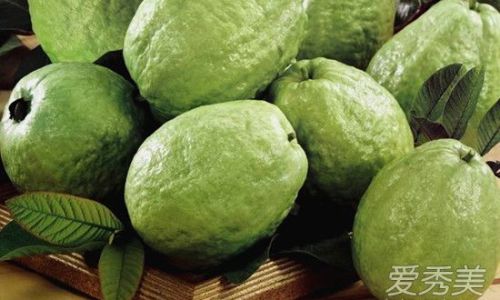
- India: Guava is a street food staple, often sprinkled with chaat masala.
- Philippines: Bayabas leaves are used for herbal tea.
- Caribbean: Guava is a key ingredient in rum-based desserts.
Overcoming Common Challenges
Handling Overripe Guava
If your guava is too soft, use it in smoothies, jams, or baked goods.
Removing Seeds
While seeds are edible, strain them from purees for a smoother texture.
Allergies and Precautions
Guava is generally safe, but those with latex allergies may react due to cross-reactivity. Consult a healthcare provider if concerned.
Conclusion
Guava is a gift from nature—nutritious, delicious, and endlessly adaptable. Whether you savor it raw, cook it into jams, or blend it into beverages, this tropical gem offers a taste of the exotic. By experimenting with the methods outlined here, you’ll discover new favorites and appreciate guava’s ability to elevate both sweet and savory dishes. So next time you encounter this humble fruit, embrace its potential and let your culinary creativity flourish. Your taste buds—and your body—will thank you.


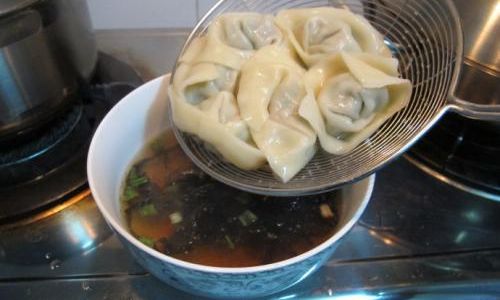

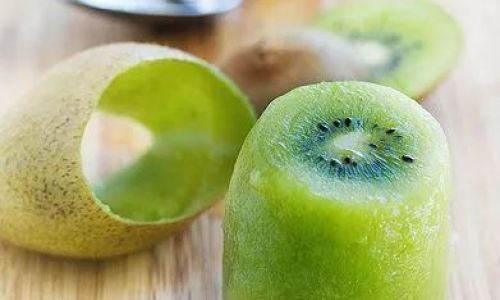

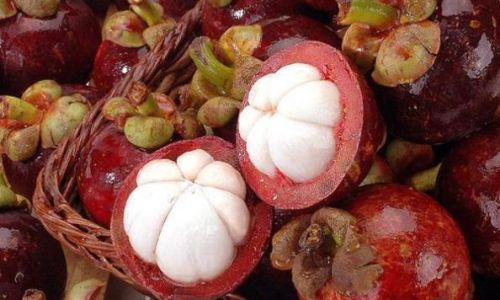
0 comments